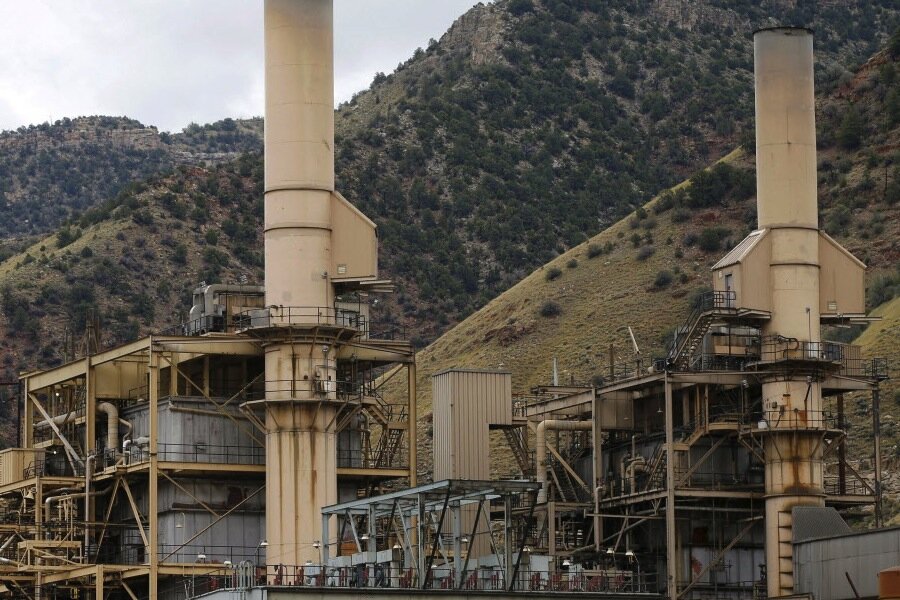Will the Clean Power Plan make every state look more like California?
Loading...
President Obama’s Clean Power Plan is about 1,500 pages long, but it can be summed up succinctly: Mr. Obama wants the United States to be more like California.
The Clean Power Plan aims to replace most coal-fired power plants with renewable sources of energy like wind and solar, and California has almost completely eliminated coal as a source of energy already, the LA Times reported.
In his announcement of the regulations, Obama recalled arriving as a student at Occidental College in 1979, when “Los Angeles still was so full of smog that there were days where people who were vulnerable just could not go outside.”
“And you fast-forward 30, 40 years later, and we solved those problems,” he said.
Obama’s plan aims to bring the percentage of energy derived from renewable resources up to 28 by 2030. According to the Times, because California’s renewable energy was already at 19 percent in 2013, the California Air Resources Board estimates the state will be able to meet federal emissions targets a full decade earlier than the plan requires.
"We're going to be able to comply and even over-comply," Edie Chang, who oversees the board, told the Times.
The Christian Science Monitor’s David Unger wrote,
The doubling down on climate reflects an administration emboldened by recent high-profile victories on other key issues. Having solidified significant gains on health care, gay rights, Iran nuclear talks, and relations with Cuba, President Obama appears determined to do the same for another key item of his agenda: climate change.
It's also part of a concerted effort to demonstrate that the world's largest economy and, after China, the second-largest carbon emitter, is serious about decarbonizing its energy supply. ...
‘Power plants are the single biggest source of the harmful carbon pollution that contributes to climate change,’ Mr. Obama said in a video posted to Facebook over the weekend. ‘But until now, there have been no federal limits to the amount of that pollution those plants can dump into the air.'"








